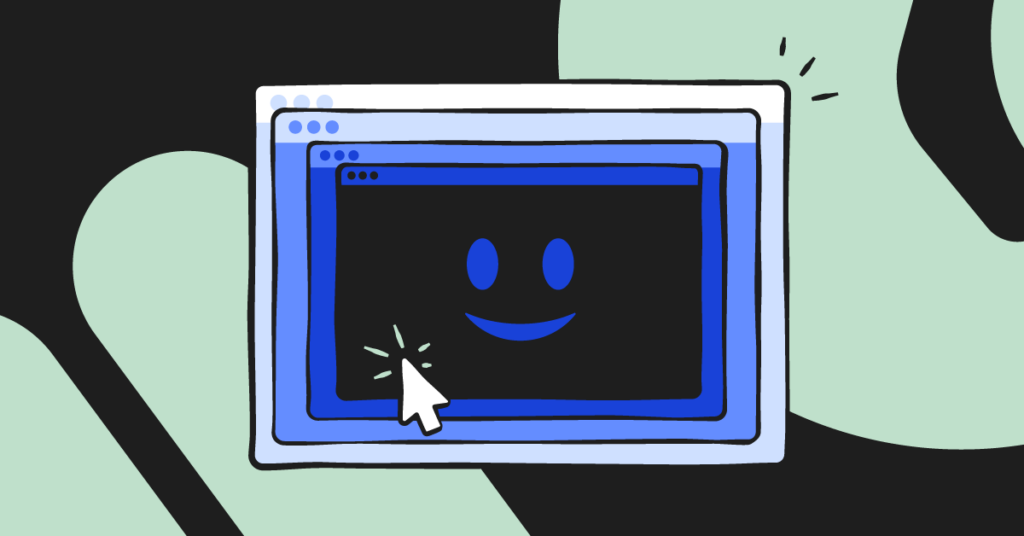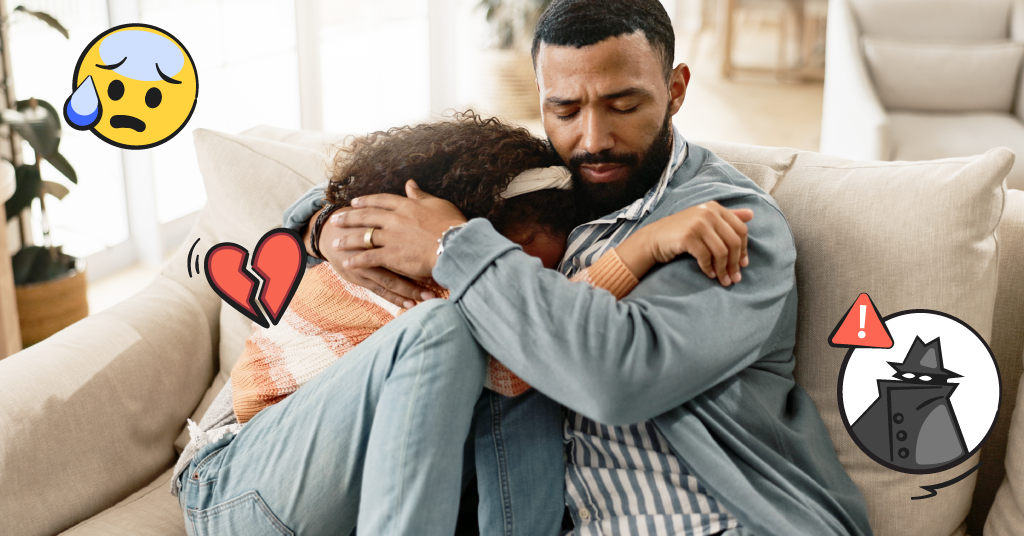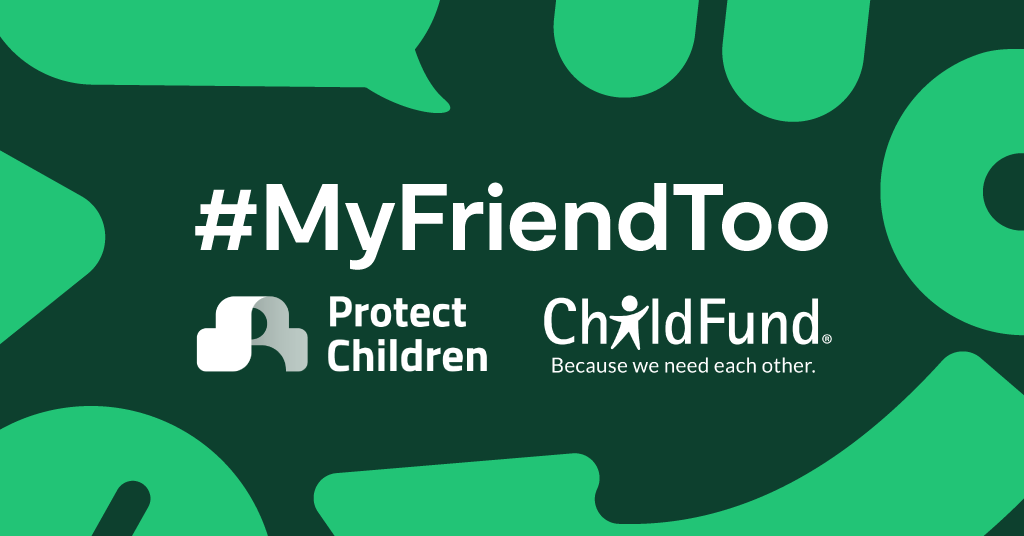
Do you remember reading the Fear Street books when you were growing up? How about the chill you felt when you heard the eerie theme music to Unsolved Mysteries? If so, you can probably relate to the first time you figured out that scary stuff can be fun sometimes. Today’s generation is no different! The only difference is — like nearly everything else (TikTok, anyone?) — they just use the internet to do it. Gen Z prefers to read online scary stories called creepypasta. Yes, you read that right! We’re not talking about spooky spaghetti. So, just what is creepypasta? Buckle up for a deep dive on the internet’s most terrifying tales — and why kids love them.
First, Why Is It Called Creepypasta?
Let’s start with the name. Creepypasta is a variation of the word “copypasta,” which refers to blocks of text that get shared across the internet (remember email chain letters and jokes?). Copypasta, in turn, got its name from the actions of “copy” and “pasting” stories in emails, message boards, and websites.
Think of creepypasta like the internet version of scary camp stories that everyone knows: the girl with the green ribbon, Bloody Mary, or the car with the hook stuck on the door. Tales like these got passed around by word-of-mouth, had slight differences, but retained the same scary core features. Creepypasta is much the same — it’s just all online.
What Is Creepypasta?
Creepypasta refers to horror stories that are kind of like internet urban legends — stories that have been read on different websites over the years that can’t be tied to a single author. Over time, different people have taken these myths and added to them. Some even create brand-new stories. Today, writing creepypasta is a popular pastime for both kids and adults around the world — it’s basically fan fiction for horror. The stories are often (but not always) accompanied by extremely disturbing images that help them go viral.
The Allure of Horror Myths
So what is creepypasta used for? Well, spooky entertainment can sometimes provide a way for children to experiment with big feelings, growing independence, and even “big kid” behavior. Scary content often deals with uncomfortable issues, and this can make kids feel like they’re being edgy and pushing limits.
Creepypasta is especially alluring because many examples of it are written in the first person, making the stories seem like real accounts. This trend is not new — remember The Blair Witch Project in the ‘90s, and how the marketing campaign framed it as alleged “found footage?” The whole point was to freak people out and make them think that maybe it’s real and not fiction. But of course, it was entirely made up!
Popular Types of Creepypastas
Just like scary movies have genres — think monsters, vampires, slasher films, and haunted houses — creepypastas also come in a wide variety of types.
Supernatural
These stories revolve around mythic, evil characters like Slender Man. They’re usually origin stories of how they were first discovered, what they do to people, and how often they’re spotted in the real world or in photos.
Lost episodes
Creepypastas about made-up episodes of TV shows, usually ones the “author” of the story stumbles across on old DVDs or catches on the air late at night, are another popular genre. Typically dark in nature, they present disturbing plots and imagery of light-hearted TV shows. An example would be a lost episode of Spongebob Squarepants where something traumatic and horrifying happens to Squidward.
"Backrooms"
This trend is kind of like an interactive game. The main idea is that you can get “stuck” in the backrooms — another dimension of never-ending and inescapable rooms. They are usually yellow-walled, dingy offices often populated with terrifying creatures just out of sight. On the Backrooms subreddit, people post photos of these types of rooms (real-life photos they’ve taken or found on the internet). The spook factor in these lies in the idea that these types of office buildings are usually empty and benign — but what if they weren’t? And you couldn’t escape?
Cursed technology
Remember the scary movie The Ring? In it, people who watched a “haunted” VHS cassette would have just seven days to live after viewing. Now, take that idea and apply it to websites, YouTube videos, or even emails. For kids, the idea of haunted video games is also popular, especially evil versions of beloved characters like Sonic the Hedgehog or Link from Zelda.
Where Can You Find It?
A quick Google search will reveal millions of results for creepypasta — and not just websites, but also videos, images, and GIFs. Creepypasta has managed to infiltrate nearly every corner of the internet — if you know where to look for it.
- Ground zero for creepypasta on the internet is an archive called Creepypasta.com. It showcases new and upcoming stories as well as classic creepypastas.
- On Tumblr, #creepypasta is an incredibly active hashtag that goes beyond simple stories to include fan art, memes, and more.
- Reddit — especially the Creepypasta subreddit, which has more than 500,000 subscribers — is home to lots of stories, images, and more.
- Fanfiction favorite Wattpad has almost 90,000 stories about creepypasta written by amateur authors.
- YouTube features a ton of creepypasta videos featuring disturbing imagery and narrated tales.
Dangers of Creepypasta
While there’s nothing wrong with a good spook every now and then, the inherent dangers of creepypasta lie in the fact that kids can get in over their heads if they start spending too much time immersed in terrifying material. Graphic stories about murder and violence and teeth-chattering imagery can be especially disturbing to young readers. Prolonged exposure can cause anxiety, leading to sleepless nights and excessive worry. Stories about suicide or self-harm — of which there are many — can be triggering to kids who struggle with these issues. Relatedly, you may remember the Momo Challenge from a few years ago. While it was proven to be a hoax, its disturbing imagery made the rounds on the internet and had parents (and kids) scared of secret messages in YouTube videos encouraging child suicide.
The most well-documented and notorious event associated with creepypasta occurred when two girls, both obsessed with the creepypasta monster Slender Man, stabbed another child in an attempt to prove that he was real. This tragedy shows what can happen when young people take an idea too far. It’s important to note that this appeared to be an isolated event and not any sort of trend.
What to Do If Your Kid Is Interested in Creepypasta
What is creepypasta? At the end of the day, it’s this generation’s Are You Afraid of the Dark? or Nightmare on Elm Street. And like for generations past, some things are acceptable and some are too inappropriate — it all depends on your kid, the content, and your family’s values.
If your child has expressed an interest in creepypasta stories, talk about it with them! Discuss the kinds of stories they like to read and maybe even write about. Sit down with them and read a few together so you can know what they’re getting into. For younger kids, stress that these creepypasta stories, while they’re written to sound real, are just made-up tales like the ones you find in books. Finally, make sure they know you are always available to talk if they read something that upsets them. Sometimes, kids just need a hug and reassurance that there are no monsters under their bed (or laptop).
Read more
Bark helps families manage and protect their children’s digital lives.





